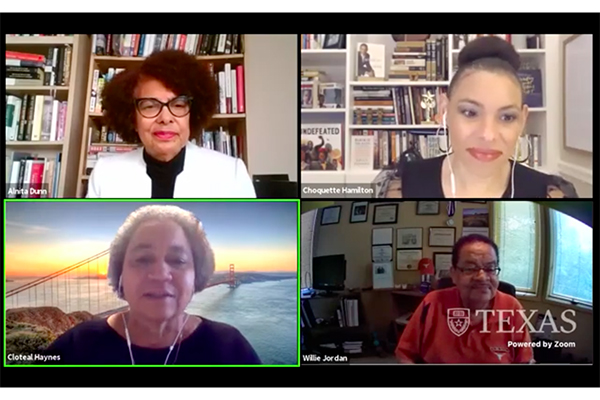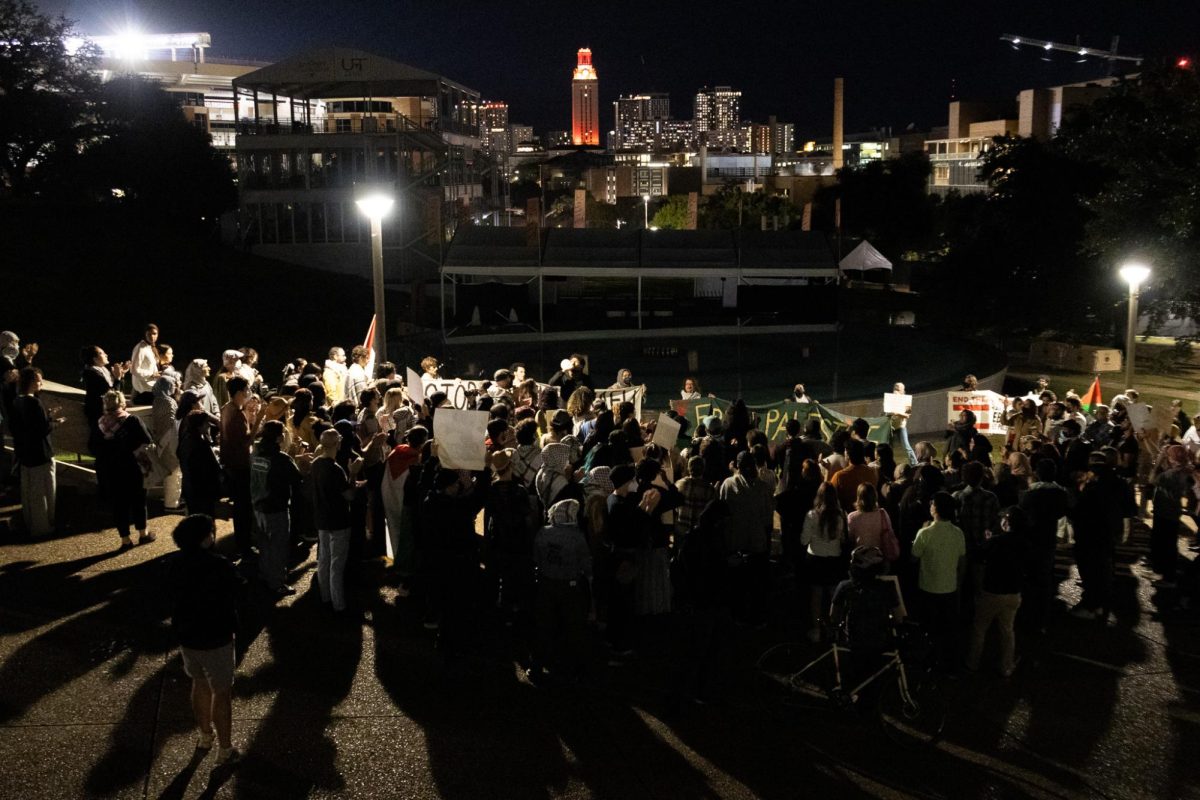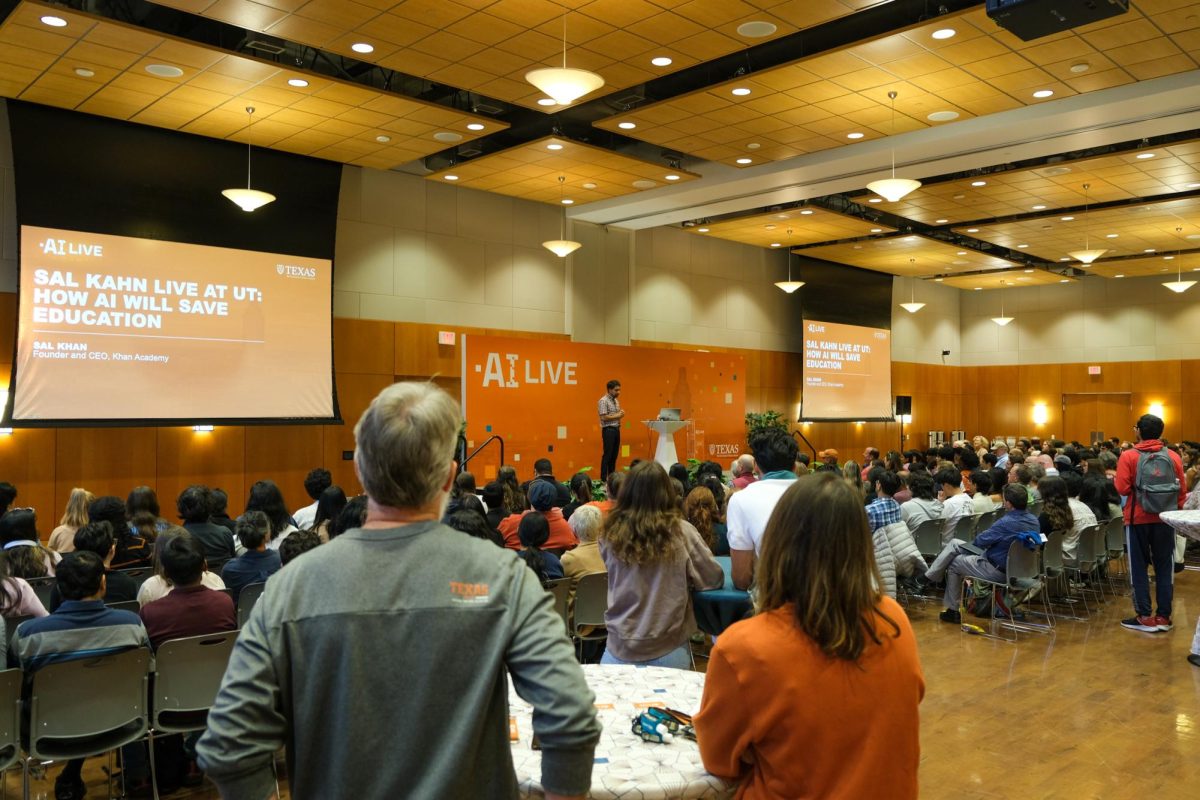When arriving on campus in 1956, Willie Jordan Jr., one of the first Black undergraduate students at UT, remembers being forced to make sandwiches with the other Black residents of his dormitory, because no restaurant on Guadalupe Street would let them in.
“We would go to the student union, and it slowly started to sink in that we were paying equal dollars, but we weren’t getting equal opportunities that the Brown v. Board of Education was to guarantee,” Jordan said.
Alongside Jordan, alumni Cloteal Haynes and Alnita Dunn recounted their experiences with racism as Black UT students on a panel Wednesday for this year’s State of Black UT event. Together, they called for change and to continue the push for racial reform at UT.
Last summer, UT community members called for University reforms to better support Black students during nationwide Black Lives Matter protests. Although the University made some changes, including renaming the Physics, Math and Astronomy building, many students still believe more work is needed, such as replacing “The Eyes of Texas.”
Haynes came to UT in 1968, a year when demands increased for racial justice around the country and Martin Luther King Jr. was assassinated.
“I pretty much came feeling empowered,” Haynes said. “There were less than 300 Black students on campus, out of 30,000 — so less than 1%. But even so, there was a feeling of empowerment.”
Haynes said when attending UT, Black students had a chant about their representation at the University: “We want a quota, 13%.” Today, the University’s undergraduate population is just over 5% Black.
“When I read about the Black athletes’ demands last year, they sounded eerily the same as our list of 10 demands that we presented to the president of the University of Texas in 1969,” Haynes said. “The same stuff. Why is that? It’s time for these not to be the issues anymore.”
Even though Black students face hardships at the University, Haynes said students should not be hesitant to attend. Haynes said the University’s Black alumni and student organizations should reach out to incoming Black students to make them feel at home.
“I just don't believe that we should give up the fight simply because the change has been too long coming,” Haynes said. “We may not be the big donors, but we do have influence, especially if we use our voices collectively. Even if the statues go down in the dead of night, at least they go down.”
Jordan said reforms to provide better opportunities and more inclusive environments for Black students need to happen soon.
“Me being 83, I just hope it happens before I’m no longer able to recognize that we’ve made significant progress,” Jordan said.
Dunn remembers the segregation on Guadalupe Street when attending the University in the 1960s. Black students could go into a drugstore, but were prohibited from sitting at the counter. Now, Dunn urges the University to tackle racial inequalities that remain on campus to this day.
“Sometimes when more than one fish is dying in the fish bowl, it’s time to stop examining the fish, but to look at the water in the bowl,” Dunn said. “At UT, this is the room where it happened, so I believe that we can find some pathways to solutions.”


















